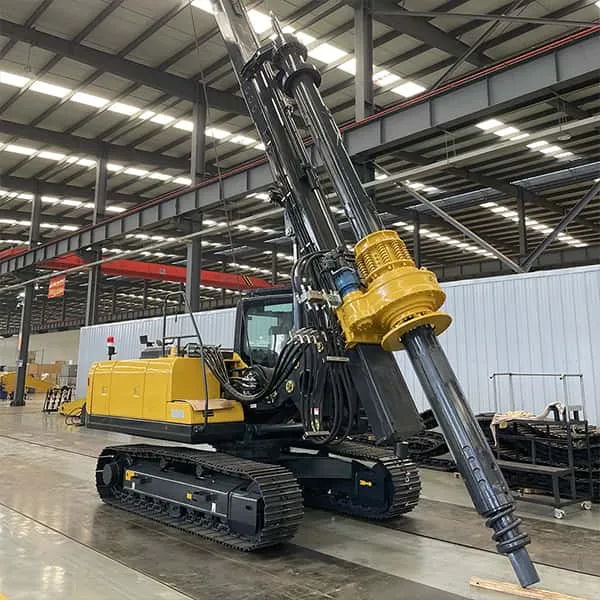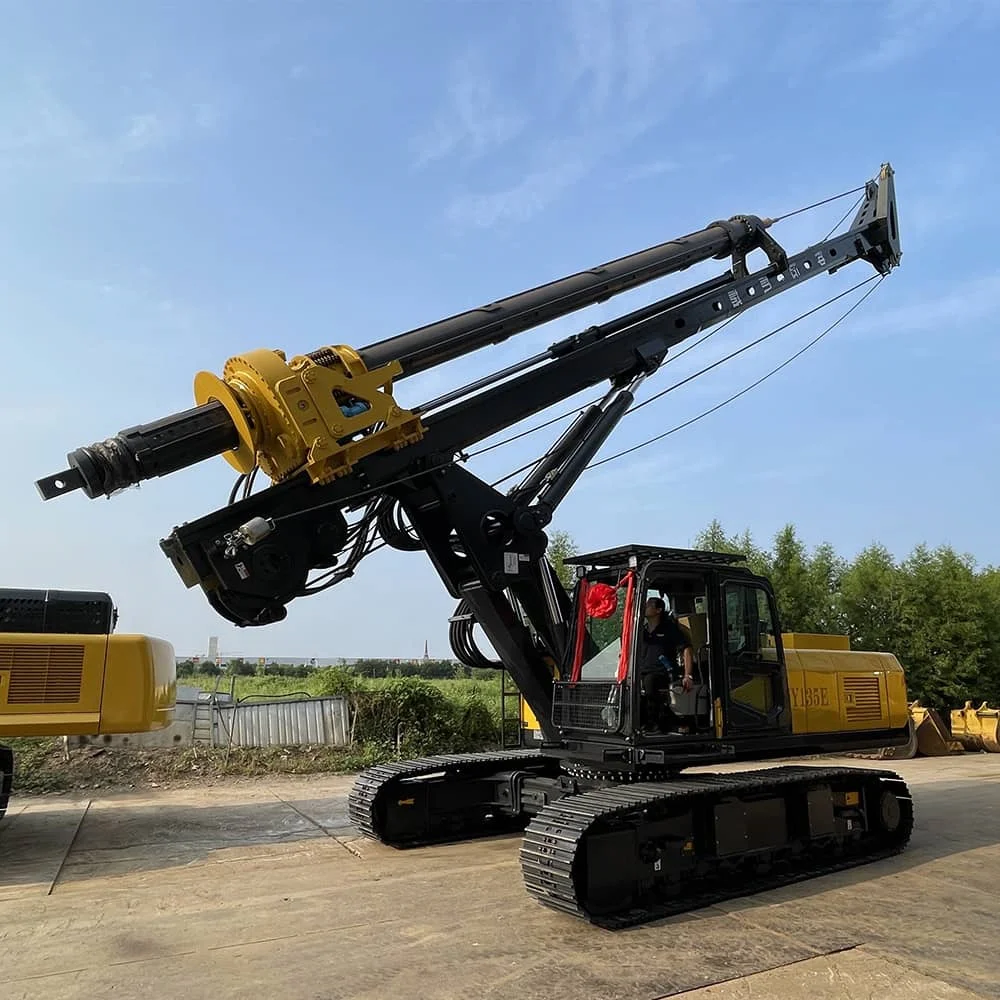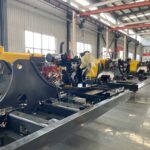Introduction
Choosing the right crawler rotary drill rig is a crucial decision for any construction or mining project. These machines are designed to bore holes into the ground for various purposes, such as installing piles, drilling wells, or extracting minerals. With a wide range of options available in the market, selecting the best crawler rotary drill rig for your specific needs can be a daunting task. In this comprehensive guide, we will explore the key factors to consider when choosing a crawler rotary drill rig, including its capabilities, specifications, and maintenance requirements.
Capabilities and Applications

Soil and Rock Conditions
The first step in selecting a crawler rotary drill rig is to evaluate the soil and rock conditions at your project site. Different types of soil and rock require different drilling methods and equipment. For example, a rig designed for drilling in soft soil may not be suitable for hard rock.
Drilling Depth and Diameter
The drilling depth and diameter are also important factors to consider. Some crawler rotary drill rigs are designed for shallow drilling, while others can reach depths of several hundred meters. Similarly, the diameter of the drill bit will determine the size of the hole that can be drilled.
Attachments and Accessories
Many crawler rotary drill rigs can be equipped with various attachments and accessories to enhance their capabilities. For example, some rigs can be fitted with a hammer for rock drilling or a casing advance system for installing steel casings.
Specifications and Performance
Engine Power
The engine power of a crawler rotary drill rig is a critical factor that determines its performance. A more powerful engine can handle tougher drilling conditions and achieve higher drilling speeds.
Torque and Rotation Speed
The torque and rotation speed of the drill rig are also important specifications to consider. Higher torque allows the rig to drill through harder materials, while a higher rotation speed can increase the drilling efficiency.
Feed Force and Pullback Force
The feed force and pullback force of the drill rig determine its ability to push the drill bit into the ground and pull it back out. A higher feed force and pullback force are desirable for drilling in difficult soil or rock conditions.
Maintenance and Operating Costs
Crawler rotary drill rigs require regular maintenance to ensure optimal performance and longevity. Some factors to consider when evaluating the maintenance and operating costs of a drill rig include:
Fuel Efficiency
Fuel efficiency is an important factor to consider, as it can significantly impact the operating costs of the drill rig. A more fuel-efficient rig can save you money in the long run.
Availability of Spare Parts
The availability of spare parts is also crucial, as it can affect the downtime of the drill rig in case of a breakdown. It is advisable to choose a drill rig from a manufacturer with a reliable network of dealers and service centers.
Training and Support
Proper training and support from the manufacturer can help operators maximize the performance of the drill rig and minimize the risk of accidents. Look for a manufacturer that offers comprehensive training programs and technical support.
Comparison of Different Models

To help you make an informed decision, we have compiled a comparison table of some popular crawler rotary drill rig models in the market.
| Model | Maximum Depth (ft) | Engine Power (hp) | Weight (lbs) | Rotary Torque (ft-lbs) |
|---|---|---|---|---|
| Small | Up to 50 | 200-300 | 30,000-40,000 | 5,000-8,000 |
| Medium | 50-100 | 300-400 | 40,000-50,000 | 8,000-12,000 |
| Large | 100-150 | 400-500 | 50,000-60,000 | 12,000-16,000 |
| Extra Large | Over 150 | 500+ | 60,000+ | 16,000+ |
Conclusion: Crawler Rotary Drill Rig
Choosing the right crawler rotary drill rig is a critical decision that can significantly impact the efficiency and success of your construction or mining project. By considering factors such as capabilities, specifications, maintenance requirements, and comparing different models, you can make an informed decision and select the best crawler rotary drill rig for your specific needs. Remember to consult with experienced professionals and manufacturers to ensure you make the right choice.
FAQ
Q: What is the difference between a crawler rotary drill rig and a truck-mounted drill rig?
A: The main difference between a crawler rotary drill rig and a truck-mounted drill rig is their mobility and stability. Crawler rotary drill rigs are mounted on tracks, which provide better stability and traction on rough terrain. They are also more suitable for drilling in remote or inaccessible locations. On the other hand, truck-mounted drill rigs are mounted on a truck chassis, which makes them more mobile and easier to transport between job sites.
Q: How often should a crawler rotary drill rig be serviced?
A: The recommended service interval for a crawler rotary drill rig depends on the manufacturer’s guidelines and the operating conditions. However, it is generally advised to perform routine maintenance and inspections at least every 250 operating hours or every six months, whichever comes first.
Q: What are some common causes of downtime in crawler rotary drill rigs?
A: Some common causes of downtime in crawler rotary drill rigs include mechanical breakdowns, lack of maintenance, operator error, and weather-related issues. To minimize downtime, it is essential to follow the manufacturer’s maintenance guidelines, provide proper training to operators, and take necessary precautions during adverse weather conditions.







-150x150.webp)
